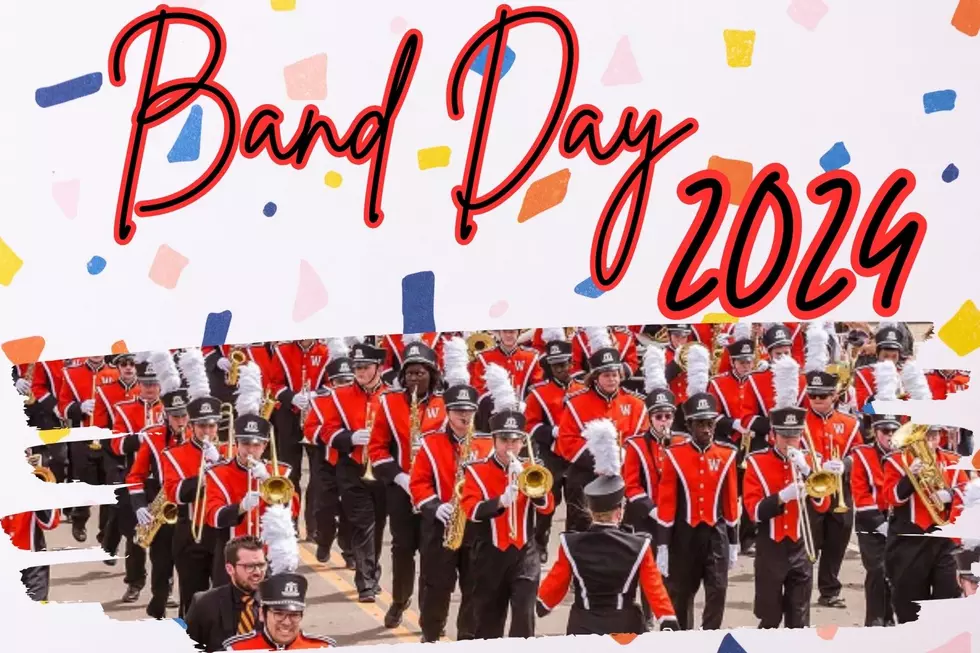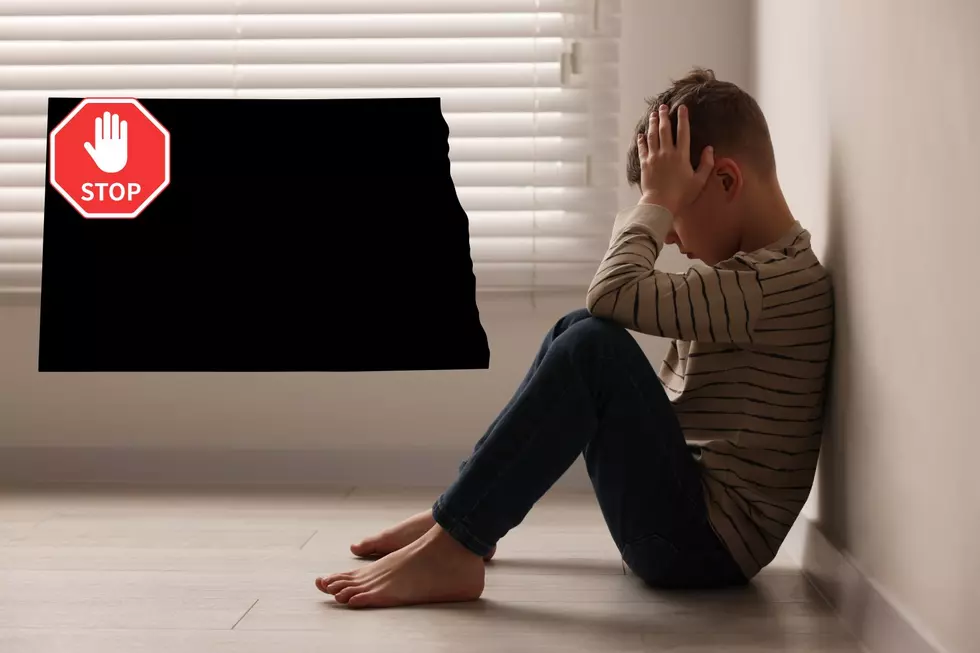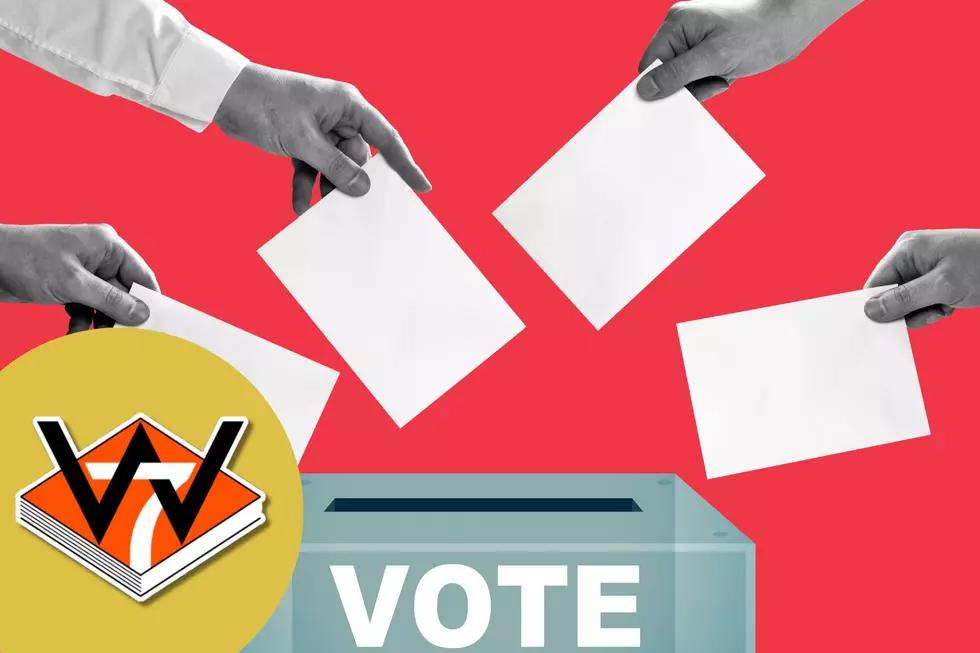
Williston’s Tyler Liffrig Is A Referee At The NCAA Championship Game
College hockey is going strong, and it has a massive following all over North Dakota. The road to the championship is has narrowed, and the championship game is tomorrow night between the University of Minnesota and Quinnipiac. The players always get the spotlight. They should! They are the ones that play each game and have earned the right to play in the championship game tomorrow night in Tampa Florida.
Did you know Williston North Dakota will be represented at the game? I learned today that a Williston High School graduate is not only attending the game but will be on the referee squad.
Keep your eyes on the hockey action, and watch the linemen referees. I know, there are 2 of them, but one will be Tyler Liffrig. Liffrig was a great hockey player in Williston and went on to ref youth hockey for years in both Williston and Bismarck. While in college, he refereed in the NAHL and the USHL and was encouraged to apply for the next level. To his surprise, he was selected and has been a referee in the NCAC and NCAA for the last 10 years. If you are lucky enough to catch a Fighting Hawks game, you might see #40 making a few calls on game day. Congratulations Tyler, and here is a hometown salute to you on game day! Oh, and if the Liffrig name sounds familiar, Tyler is the son of John and Zoanni Liffrig.
What’s the Difference Between a Hockey Referee and a Linesman?
According to Pure Hockey, the on-ice officials who oversee a hockey game are divided into two groups—referees and linesmen. Both wear the standard black helmet, striped shirt, and black pants, but referees add an orange or red armband to denote their status.
Depending on how many officials are on the ice—which differs among the various levels of hockey—the roles of the referee and linesman change somewhat, but in general the referee is responsible for enforcing the rules of the game and calling penalties, while the linesman is in charge of line violations, such as offside and icing. There are several officiating systems:
Hockey Levels With Four-Official Systems
In the NHL and NCAA men’s hockey, each game features two referees and two linesmen. The referees call all penalties, although a linesman can advise a referee about an infraction—especially “too many men on the ice” or a major penalty—leading to the referee assessing a penalty. The referees are the only officials who talk to the scorers and coaches, and only referees can stop and start play. They also conduct the opening face-off for each period, as well as the center-ice face-offs after goals are scored.
As the name implies, the linesmen are focused on infractions involving the red line and blue lines. They are also responsible for breaking up fights or other kinds of on-ice dustups. Linesmen also drop the puck for all face-offs that don’t take place on center ice.
In this system, each referee and linesman takes responsibility for one end of the ice. When the puck is in the offensive zone, one referee positions himself on the goal line, while the other stays outside the blue line, diagonally across the ice. Thus, if the referee on the goal line skates to the other side of the goal—to stay out of the action or get a better view—the other referee changes sides of the ice, as well, as to maintain the diagonal orientation. When the puck goes to the opposite end of the ice, the officials swap positions.

8 Great Hockey Rinks In North Dakota
More From KEYZ AM 660









